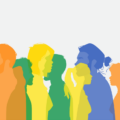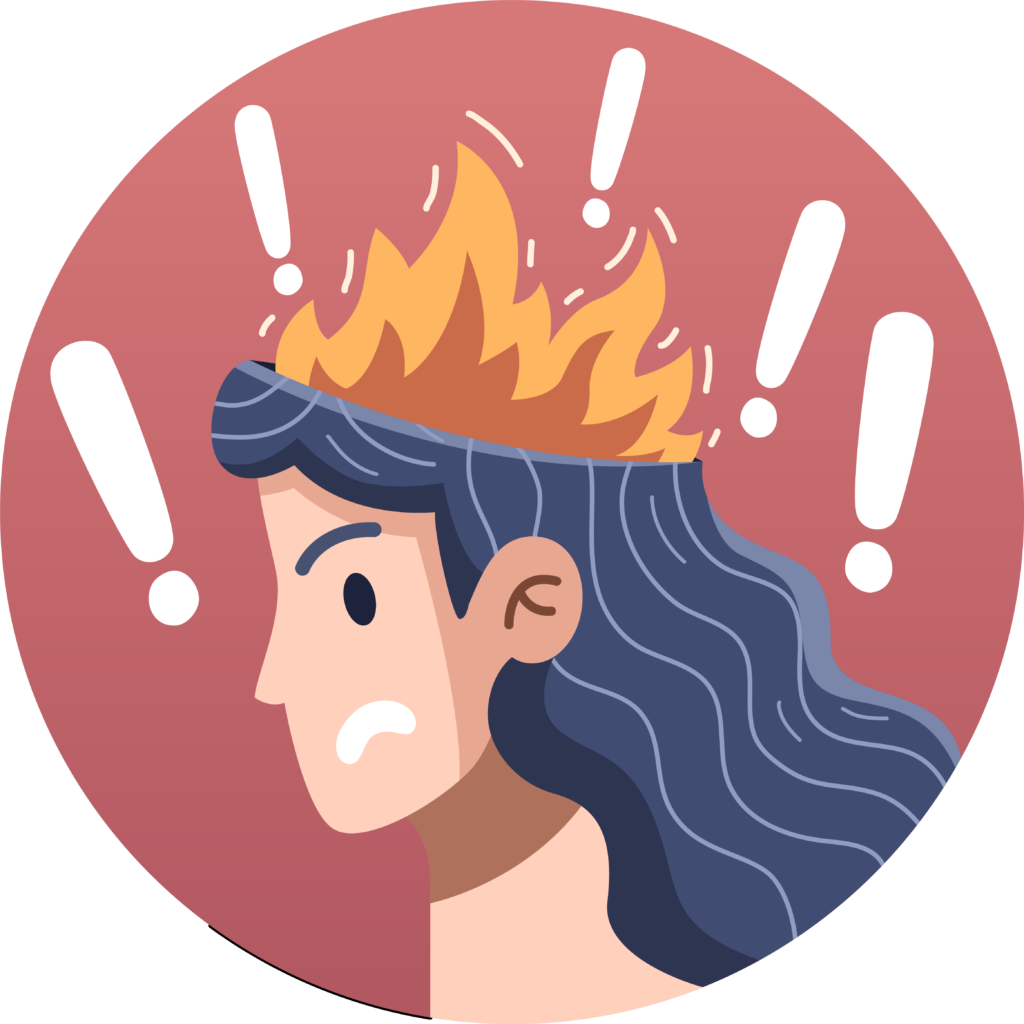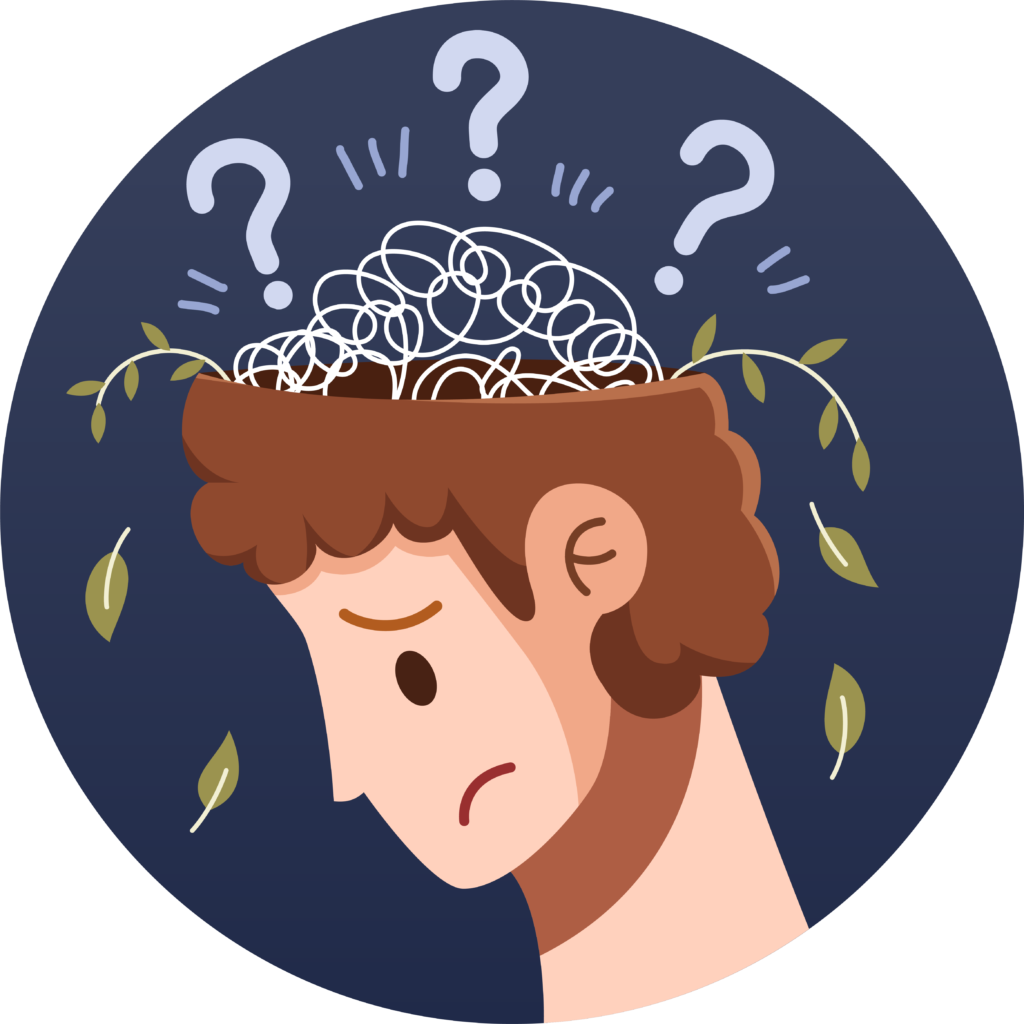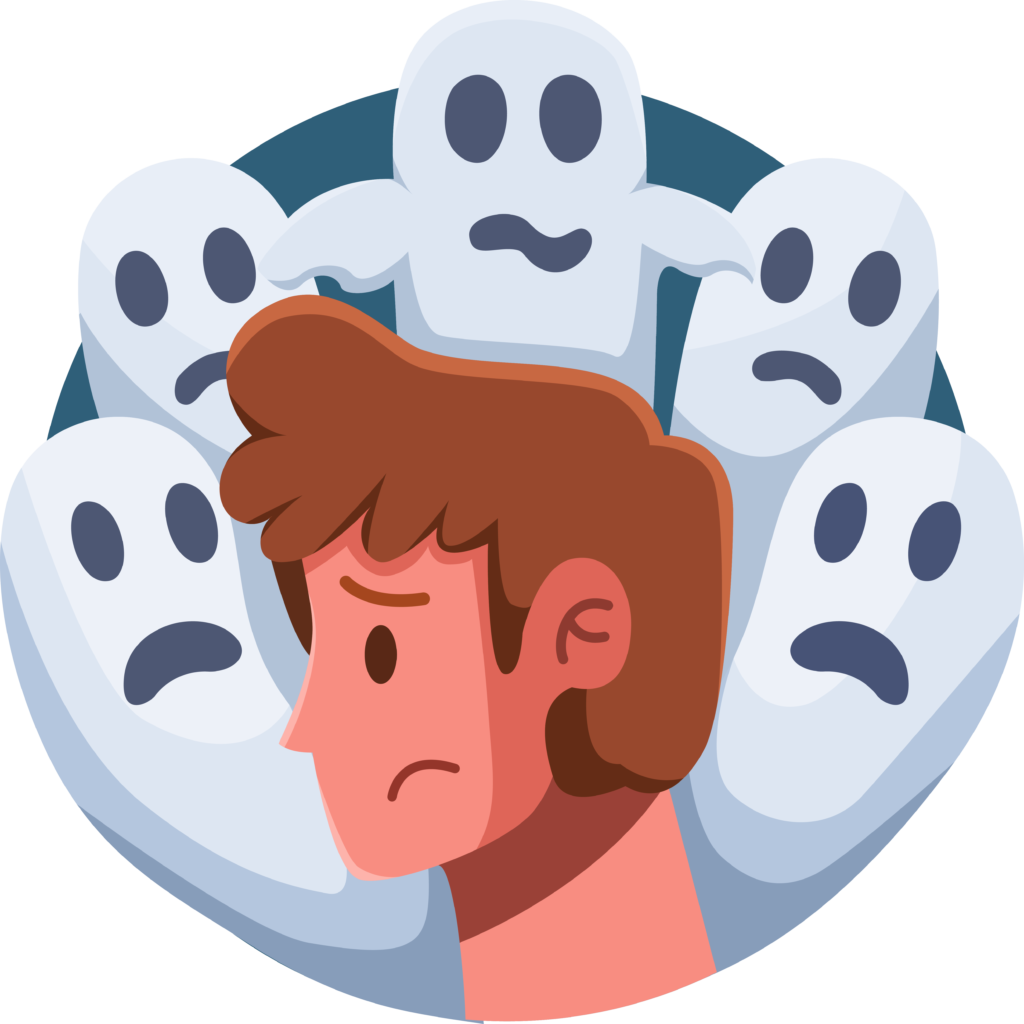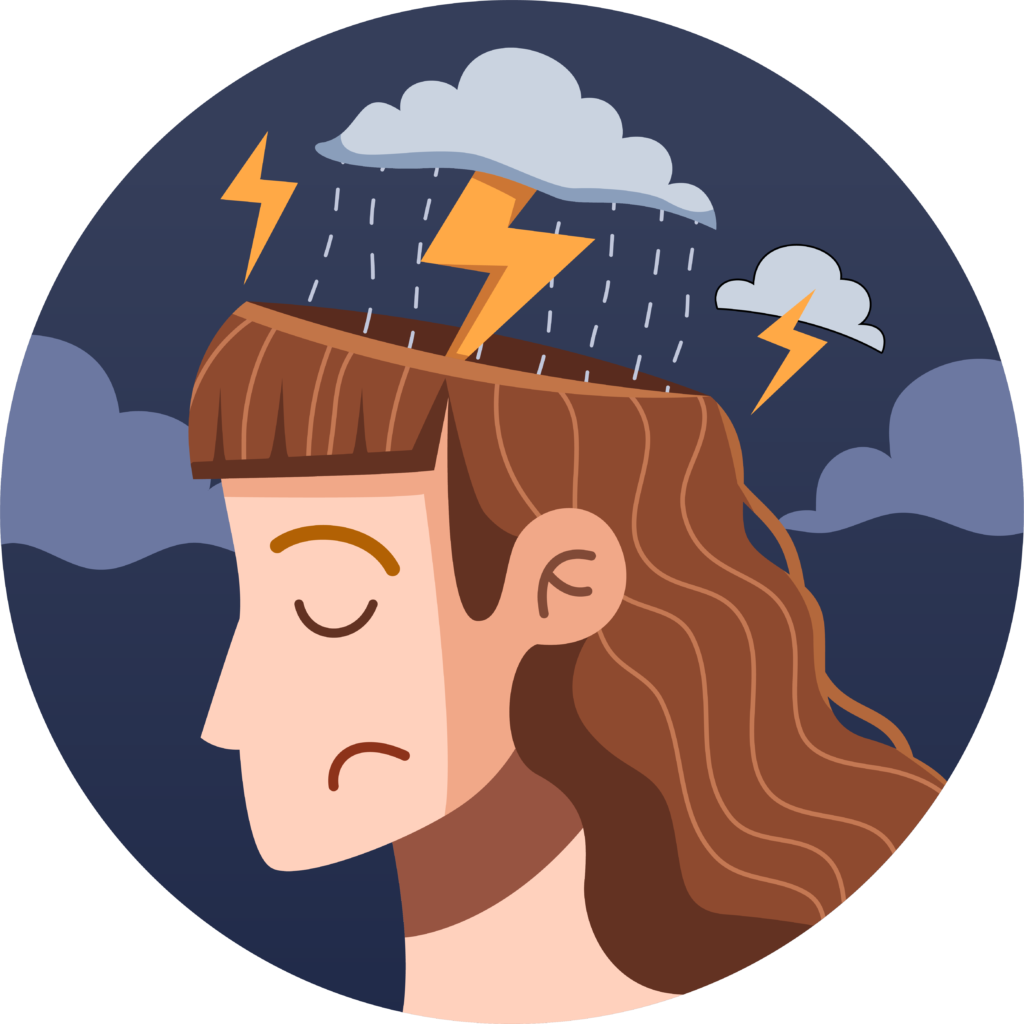Here at WINGS University, we are committed to educating our pupils and sending them back into the world as savvy as they came in sassy. So far in the Class in Session series, we have discussed two pretty hard-hitting issues that play an unwanted role in the LGBTQ+ community: bottom-shaming and internalised homophobia. For the third time, WINGS is back in the teacher’s seat with another generous dose of schooling to dish out—the topic of today’s class: the ever-so-prevalent and pernicious crisis of mental health. Now settle down, students, because class, is back in session.
Introducing the stress
In 1995, Ilan Meyer, a prominent scholar and psychologist, conducted research to understand the complex emotions and experiences of marginalised communities. His findings introduced the minority stress theory, which argues that there is a fundamental disparity in the stress encountered by minority and majority populations. Years later, in his research, he put forth the minority stress model, which demonstrates how various stressors and coping mechanisms impact the mental health of the LGBTQ+ community. Meyer’s research provided a fresh perspective on the challenges that marginalised groups endure, reshaping our understanding of the LGBTQ+ experience and societal dynamics.
Underlying the concept of minority stress are three key characteristics which will guide us through our class. The first is that minority stress is unique in its specific connection to one’s sexual orientation or gender identity. This added layer of stress comes from living in a society that often fails to fully embrace and affirm queer identities, contributing to the higher prevalence of mental health challenges within the LGBTQ+ community. As we delve into these challenges one by one and get all statistical, it is essential to remember that the frequency and severity of poor mental health are entirely personal. If there are some symptoms mentioned below which you have never experienced, it does not mean that your struggle isn’t real. Similarly, if you have experienced some of these symptoms, please trust that we are not diagnosing or labelling you.
The struggle is real
Let’s start with anxiety disorders, the most commonly reported mental health challenge faced by individuals in the LGBTQ+ community. These disorders manifest as excessive worry, fear, and heightened levels of stress that can significantly impact daily functioning. Symptoms may include repeated anxiety, panic attacks, avoidance of certain situations, and intrusive thoughts. Studies have shown that LGBTQ+ individuals are more likely to experience anxiety disorders than their heterosexual counterparts. According to research by the National Alliance on Mental Illness (NAMI), approximately 40% of LGBTQ+ individuals have experienced an anxiety disorder at some point.
Depression, characterised by persistent sadness, hopelessness, and a loss of interest or pleasure in activities, is another common mental health concern within the LGBTQ+ community, which may face unique triggers for depression, such as societal rejection and a lack of social support. Studies have indicated that queer individuals are at a higher risk of depression than their heterosexual peers. In fact, NAMI reports that we are twice as likely to experience major depressive episodes compared to the general population.
As minority stress is unique, it is often the case that it gets treated as an unavoidable part of our queer experience. Even if it’s as subtle as a disapproving side-eye from a stranger on the street, many queer people continually face societal attitudes and systemic inequalities that accumulate over time. Unlike acute stress that may arise from a specific event and dissipate over time, minority stress is persistent and long-lasting. The longer it gets excused and ignored, the more fatal it becomes. This brings us to our second key characteristic: minority stress is chronic. As a result, our community faces disproportionately high rates of suicidal behaviours. LGBTQ+ youth are particularly vulnerable, with significantly higher rates of suicidal ideation and attempts. The Trevor Project, a leading LGBTQ+ suicide prevention organisation, reports that queer youth contemplate suicide at almost three times the rate of their heterosexual peers and are five times more likely to attempt suicide.
If I were giving this class in a lecture hall somewhere, I’d likely see some awkward fidgeting right about now. And understandably so; hearing the ugly truth can be hard to digest. But before we move on, let’s address substance use and eating disorders. Studies have found that LGBTQ+ individuals are more likely to engage in substance use, with higher rates of alcohol and drug dependence than the general population. Now, I don’t want to hear any snickering, but despite evidence suggesting that substance use is just the national pass time of the queer community, research suggests that it may not be the case for everyone. For some, it’s less of a recreational “bonding” activity that’s fun for two or more to play; and more of a coping mechanism for dealing with their mental health, a means of escape or a quick fix to numb emotional pain. Research also finds that queer individuals are more likely to experience body dissatisfaction, resulting in a higher prevalence of eating disorders such as anorexia, bulimia, and binge eating. These disorders involve distorted body image, disordered eating patterns, and a preoccupation with weight and shape. Gay men and transgender individuals, in particular, are at an increased risk.
Introducing the stigma
Finally, the third key characteristic is that minority stress is socially based. This means that minority stress is not directly derived from an individual’s sexual orientation or gender identity. Rather, minority stress stems from the prejudice and discrimination of queer individuals and their internalised homophobia as they grapple with self-acceptance and the internal conflicts caused by societal heteronormativity (for more on this, feel free to revisit our last class online at misterbwings.com). Another socially-based stressor of mental health is stigma. Mental health stigma manifests in interpersonal discrimination, institutional bias, and societal marginalisation, creating additional barriers and deterring those in need from seeking professional help. Unfortunately, the same applies to confiding in friends and seeking support from loved ones. The fear of being judged or misunderstood because of your mental health struggles can be a truly overwhelming and perpetuating cycle of isolation and self-stigmatisation.
Looking outward…
In the face of these challenges, we can actively work towards improving our support of others. It is essential to approach conversations about mental health with empathy, openness, and non-judgment. Listening actively, validating their experiences, and offering support can make a world of difference. However, it’s important to respect their boundaries and only encourage them to share what they are comfortable with. Sometimes, letting them know you are there for them can provide a lifeline of support.
Qualitative research conducted by yours truly looked into the influence of emotions in mental health communication on stigma and found surprising results. While the study looked at mediated communication, findings may also guide our interpersonal communication. Based on these findings, I offer the following advice. Your intent may be to respect the severity of the topic, but talking about mental health in a sorrowful and pitying way can be perceived as overly sensationalistic and thus contribute to the stigma. On the opposite side of the emotional spectrum, allowing yourself to use humour when discussing mental health can make the topic more approachable and help to break down the stigma. Lastly, use optimism and hope mindfully when talking about mental health – depending on the type of mental health struggle, hope can either greatly devalue how the other person is feeling or be a great technique to motivate them back on the right track.
However, understanding how different approaches work better for different people and situations reminds us to acknowledge the intersectionality within the LGBTQ+ community when discussing mental health struggles too. Different sexual identities and cultural, racial, and socio-economic backgrounds lead to unique experiences and challenges. For instance, BIPOC and transgender individuals may face additional mental health burdens due to high rates of discrimination and limited access to gender-affirming healthcare. Addressing and respecting these intersectional experiences is essential in supporting others within our community appropriately.
Looking inward…
To finish this class, we look inward. Practising self-love and self-care, as hard as that may be for some of us, is our right and our responsibility to our mental health. Recognising and accepting our worth and embracing our identities can be transformative for our well-being. Exercising, going for a walk, starting a hobby, or just connecting with supportive communities can all contribute to our overall mental health. Queer-affirming mental health care is another crucial aspect of addressing mental health challenges within our community. Seeking mental health professionals who are knowledgeable and sensitive to LGBTQ+ issues can greatly improve the quality of care received. These professionals can provide a safe space to discuss experiences and emotions, offer guidance, and tailor treatment plans to individual needs. If you wish to seek professional help – first and foremost, you should be proud of yourself for taking that first step in admitting that you aren’t OK and asking for help –WINGS has compiled a list of mental health helplines which can provide free (in most cases) and LGBTQ+-friendly support. Just scan the QR code at the bottom of this article to go straight to the link.
In conclusion, the struggle for mental health in the queer community is a pressing issue that demands our attention. The statistics speak for themselves, but it is through understanding the theory of minority stress, recognising the everyday mental health struggles faced by LGBTQ+ individuals, addressing mental health stigma, acknowledging intersectionality, and actively supporting one another that we can pave the way for a more inclusive and mentally healthy future. Let’s strive to be a community conscious of the invisible struggle others might be fighting and champion them to ensure no one is left behind in their pursuit of happiness.
See you, next class!
LOOKING FOR A QUEER-FRIENDLY MENTAL HELP CONTACT IN YOUR AREA?
ATTENTION ALL GOLD-STAR STUDENTS
Below you can find the research papers discussed in today’s tutorial, along with some suggested extra reading. And in case you missed them, all previous classes are available now.
- Minority Stress and Mental Health in Gay Men by Meyer (1995)
- The Emotion of Stigma by Clark (2023)
- Mental Health Challenges of Lesbian, Gay, Bisexual and Transgender People: An Integrated Literature Review by Moagi, van Der Wath, Jiyane & Rikhotso (2021)
- Languishing in the Crossroad? A Scoping Review of Intersectional Inequalities in Mental Health by Trygg, Gustafsson & Månsdotter (2019)




